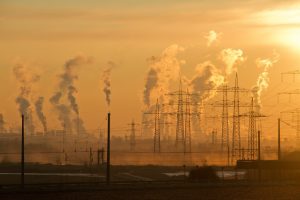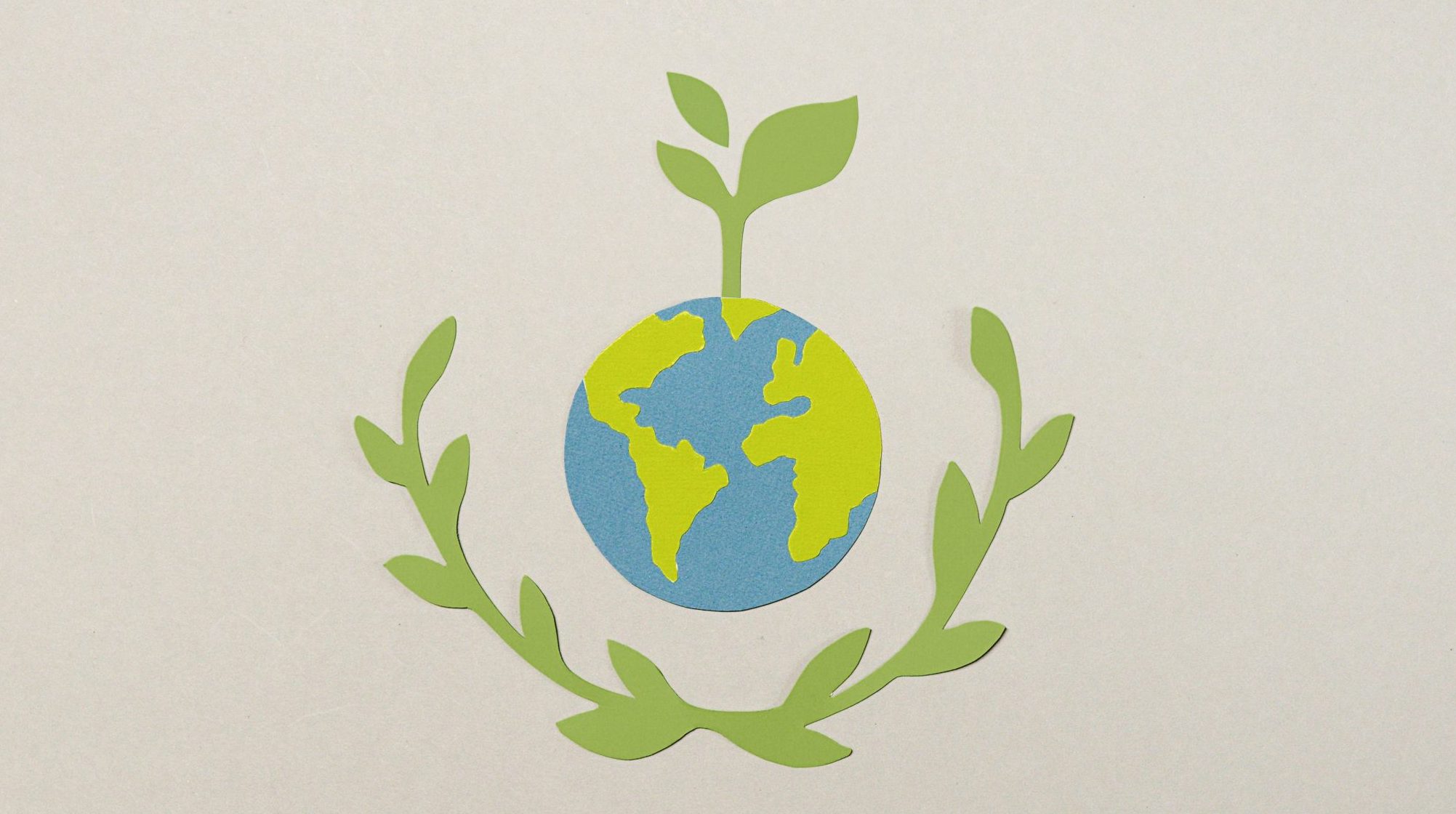 With 10 years left to achieve the sustainability targets of Egypt’s Vision 2030, the government is preparing an all-new environment protection law. “We aim to create an easily implementable law that will combat all environmental challenges in a sustainable way,” said Environment Minister Yasmine Fouad at a press conference in March.
With 10 years left to achieve the sustainability targets of Egypt’s Vision 2030, the government is preparing an all-new environment protection law. “We aim to create an easily implementable law that will combat all environmental challenges in a sustainable way,” said Environment Minister Yasmine Fouad at a press conference in March.
The draft, according to Fouad, is being reviewed by “private sector manufacturers and other stakeholders. Feedback from producers, in particular, is vital for successful implementation of the law given that it directly affects every aspect of their business.”
The Egyptian government could learn a lot from the United States to balance industrial growth and environmental protection with this new legislation. Despite being the third most industrialized country with the largest GDP in the world, the United States ranked 27th of 180 countries surveyed in the latest Environmental Performance Index (EPI). “While subject to criticism at home and abroad on issues of protection, enforcement and over-regulation, the country remains an important source of environmental legal expertise and experience,” wrote Tapas K. Das in his book titled “Industrial Environmental Management: Engineering, Science and Policy.”
However, the local government needs to be aware that environmental-protection legislations usually tax polluting labor-intensive industries such as manufacturing and chemicals. And that most likely, they would lobby against such legislation to keep costs down. In America, despite having environmental protection laws since the 1970s, the current U.S. administration wants to dilute those regulations to reduce compliance costs and attract more manufacturers. “The Trump administration’s ‘Strengthening Transparency in Regulatory Science’ rule will severely limit scientific studies used by the federal government to create new [environmental protection] regulations,” wrote Shawn Collins, partner and founder of Collins Law Firm, as reported by Bloomberg in March.
Taking the positives
A breakdown of America’s ranking in the EPI report shows it second in agriculture, 10th in air quality and 16th in environmental health. However, the country is among the worst-ranked in forest protection (115), and climate and energy (114).
The federal government formulated the current environmental protection framework in the 1960s and 1970s. Among its standout features is that each type of pollution is regulated by dedicated laws.
The first was the Clean Air Act in 1963, which regulates vehicle emissions, noise pollution, acidity in the atmosphere and ozone protection. In 1972, the Federal government had passed the Clean Water Act. By 1987, the federal government had passed several new measures, including the Water Quality Act — a second version of the Clean Water Act focusing on underground water — and the Safe Drinking Water Act, among others.
The United States also has the Endangered Species Act, National Forest Management Act and Coastal Zone Management Act, among others. Individual states also have their own environmental laws.
To administer the federal laws, the Environmental Protection Agency (EPA) was established in 1970. Other agencies that help preserve natural resources and aid in enforcement of environmental protection laws include the U.S. Fish and Wildlife Service (established in 1940), National Park Service (1916), U.S. Forest Service (1905), and Bureau of Land Management (1946).
The breakthrough year was 1980 with the introduction of the Comprehensive Environmental Response Compensation and Liability Act better known as Superfund. That act allows the EPA to investigate and clean up sites that don’t comply with environmental regulations.
It also allows the EPA to identify hazardous materials and those dumping such chemicals in the environment, and either force polluters to clean up sites or fund the cleanups and then sue to recover the costs.
Under the White House, the Council on Environmental Quality oversees federal agencies, requiring them to prepare environmental assessments and impact studies. The president can’t make a decision related to the environment without receiving both reports.
Those acts allow Americans hurt by the environmental violations to sue for damages. A prominent example is the case of Anderson et al. versus Pacific Gas and Electric. It was settled in 1996 for $333 million after courts found the utility had been dumping poisonous chemicals since the 1950s that contaminated the town water supply of the drinking water of Hinkley, California.
Cost of protection
The Egyptian government must be wary of resistance from traditionally polluting industries as their costs could increase significantly to comply with stringent environmental laws. Industry in America has found a sympathetic ear with the current U.S. administration, which has been trying to revise a decades-old system in the name of reducing the burden on industrial companies and attract more new manufacturing ventures.
To assess the impact of chemicals and other materials on humans, the EPA has frequently relied on the medical records of millions of people who consented to their use only if they were not named. In November 2019, the EPA proposed a Transparency in Regulatory Science rule and in March added several “clarifications.” “These additions and clarifications to the proposed rule will ensure that the science supporting the agency’s decisions is transparent and available for independent validation, while still maintaining protection of confidential and personally identifiable information,” said EPA Administrator Andrew Wheeler on the agency’s website in March.
 That would mean the EPA no longer could announce only that a particular chemical is hazardous along with a list of its risks to public safety, it must include all data used to reach that conclusion.
That would mean the EPA no longer could announce only that a particular chemical is hazardous along with a list of its risks to public safety, it must include all data used to reach that conclusion.
In the case of epidemiological studies, using medical records without explicit patient consent would be a clear violation of doctor-patient confidentiality. “The point of the [rule] is not to make science more transparent, but to do away with it altogether,” wrote Collins.
President Trump’s proposed regulation could apply retroactively to all EPA decisions, effectively annulling them until the scientific data is fully released, according to Collins, writing for Bloomberg Environment in March. “That means that no matter how long the EPA has listed ethylene oxide as a human cancer-causer, if the studies the EPA used to reach that conclusion relied on privacy-protected data (they all do), those studies can be declared unusable,” he said. Other proposed changes would remove cumulative effect analyses. Environmentalists told AP News in February the changes would exclude studies on the potential impact on climate change, for example.
According to Vijay Limaye, an environmental health scientist working as the climate change and health science fellow at National Resources Defense Council’s Science Center, the EPA is undergoing several worrisome changes. “The science censorship rule would apply to all data and models,” he wrote in a March blog on the NRDC website, instead of initially applying to a subset of the data.
In addition, the EPA could pick and choose which studies to use in crafting new laws. “Restrictions on polluters could be significantly relaxed,” noted Limaye. According to the AP, the U.S. Chamber of Commerce and American Petroleum Institute support Trump’s Strengthening Transparency in Regulatory Science rule.
Egypt’s challenge
In the latest Environmental Performance Index, Egypt ranked 66th out of 180 surveyed nations. It ranks 171 in heavy metals pollution, 119th in water and sanitation and 99th in air pollution.
Lax environmental standards helped past governments attract chemical manufacturers, in particular plastics, pharmaceutical and petrochemical companies. According to Pure Earth, an international non-profit focused on toxic pollution cleanup, [KD1] chemical production is one of the top 10 most-polluting industries in the world, along with manufacturing, industrial parks and tanneries. All of these industries are substantial contributors to Egypt’s economy.
Egypt was a net exporter of chemicals last year reaching $5.4 billion, up 9 percent from 2018. That accounted for 22 percent of the country’s exports, according to government data in March. Plastics exports topped $1.8 billion last year. According to the Federation of Egyptian Industries, there are more than 7,000 plastics producers registered with the association. Experts estimate that is only 40 percent of all plastics producers in Egypt, according to government estimates.
Other big polluters on the World Atlas list include manufacturing, industrial parks and tanneries. The General Authority for Investment and Free Zones estimates 5 percent of Egypt’s industrial production is linked to leather processing, with most of the output exported at intermediate processing stages.
Fouad, the environment minister, admitted during the press conference that the new environmental law would change how companies in Egypt work to meet the base benchmarks. That means additional investments as high-polluting local factories must upgrade facilities.
However, she said factories would get incentives if they surpass specific standards. “Complying is good for business in the long term,” she said. “It makes the environment in which manufacturers operate [sustainable]. That makes [business] sustainable.”







